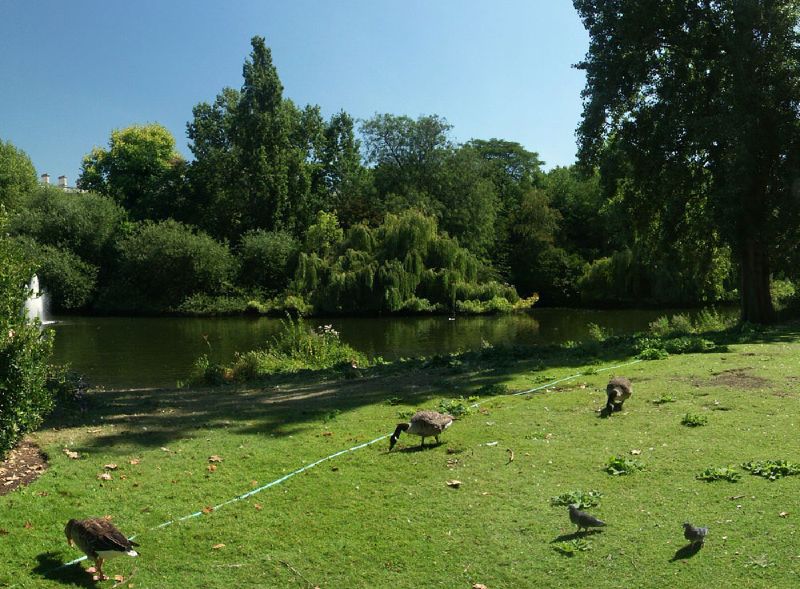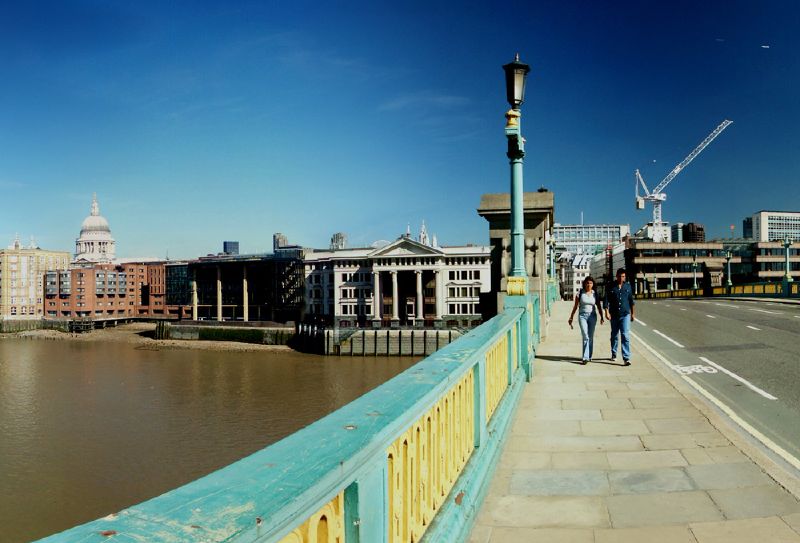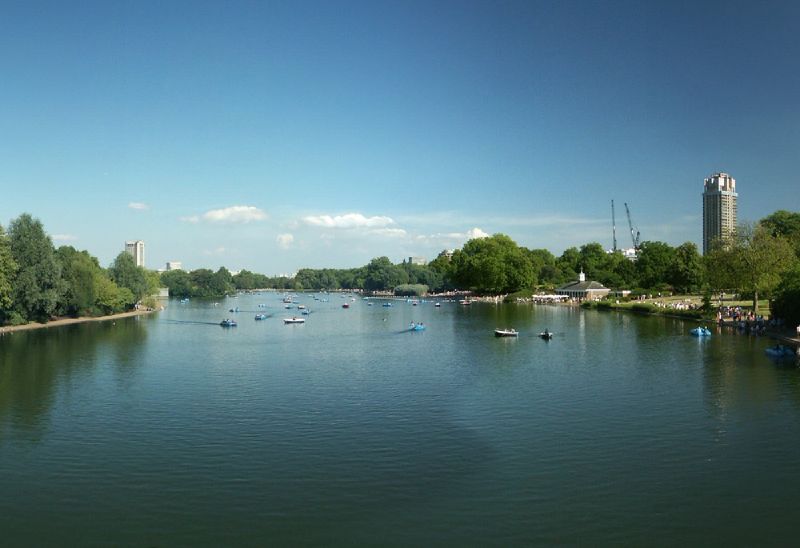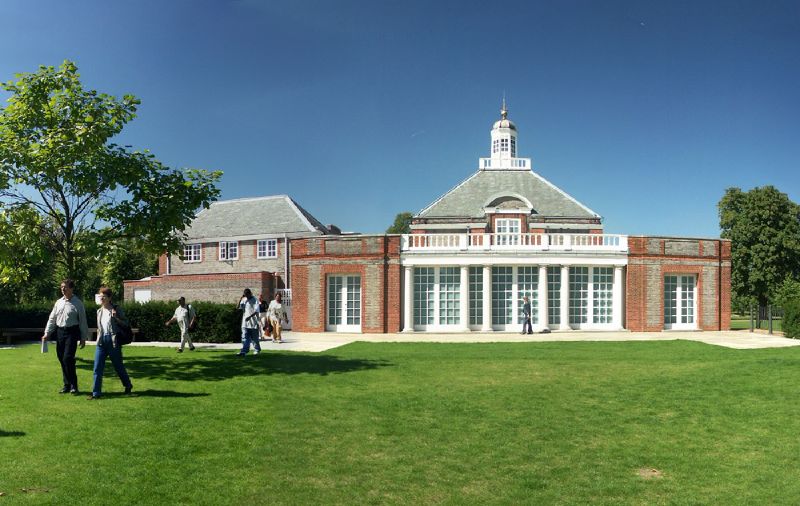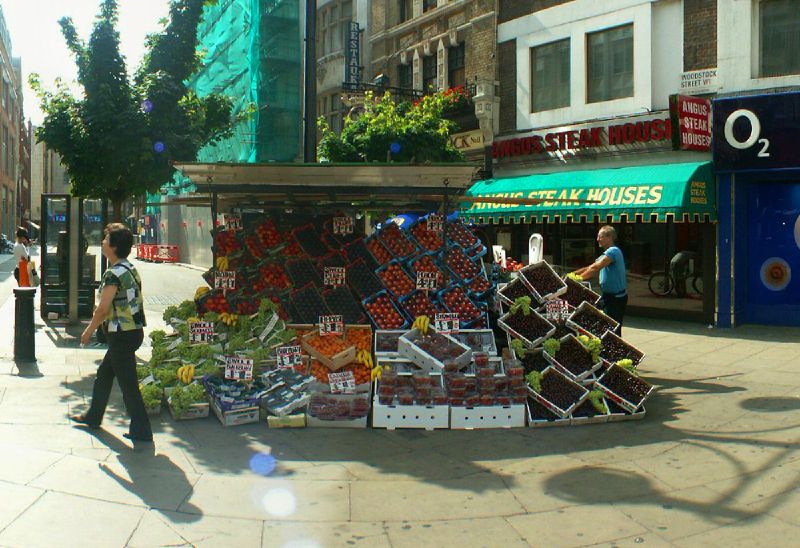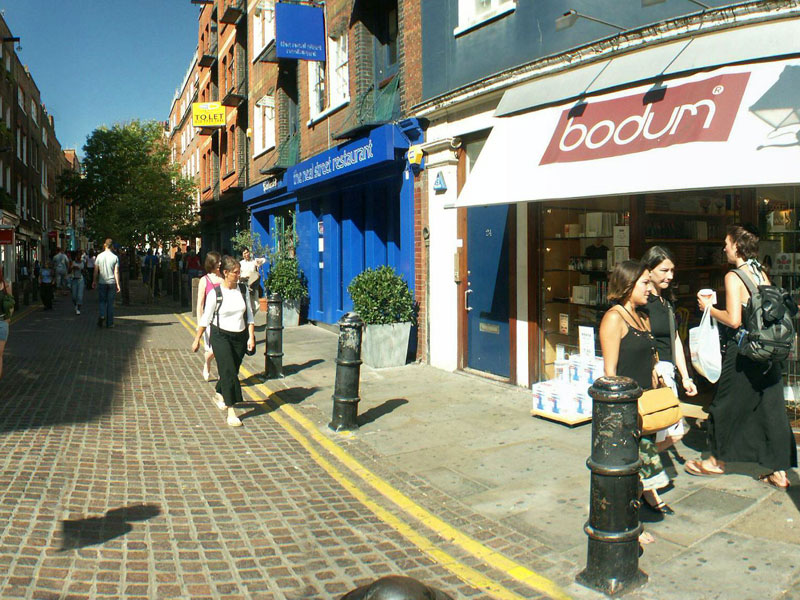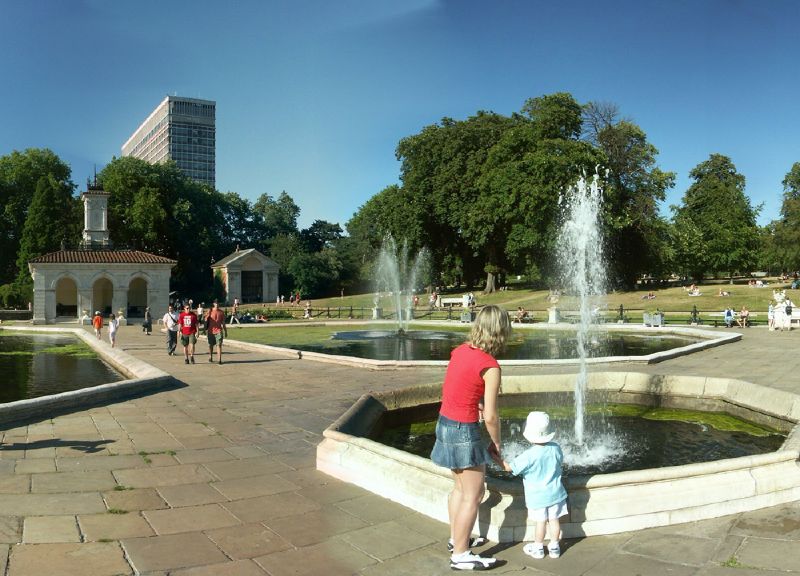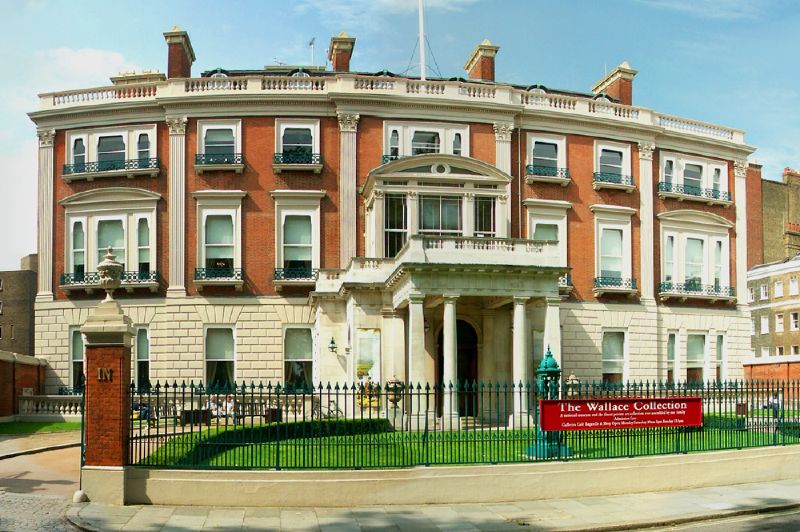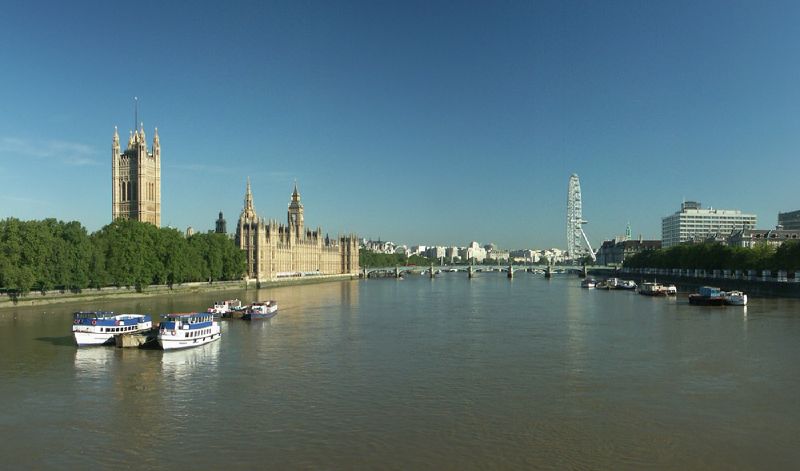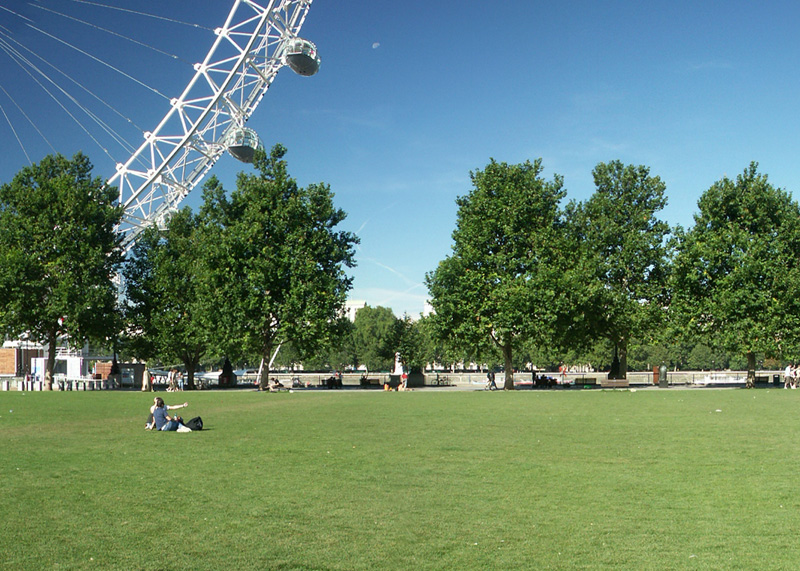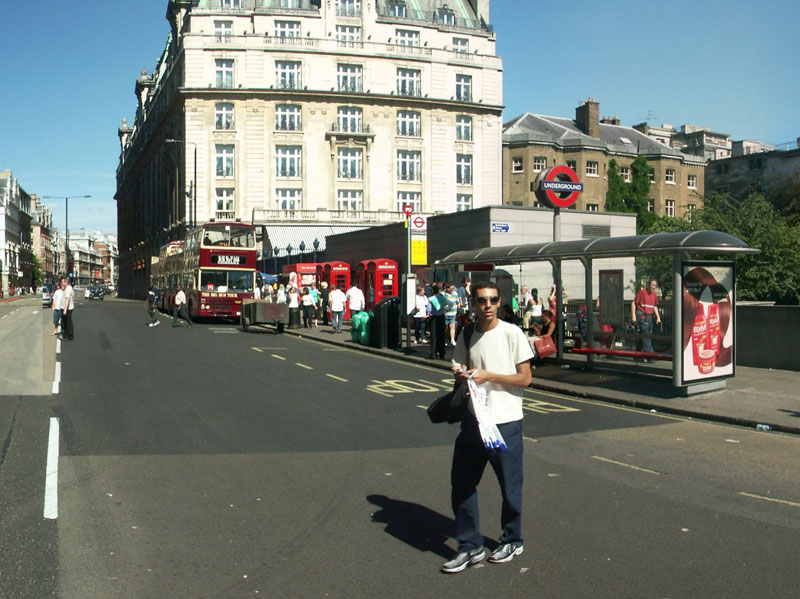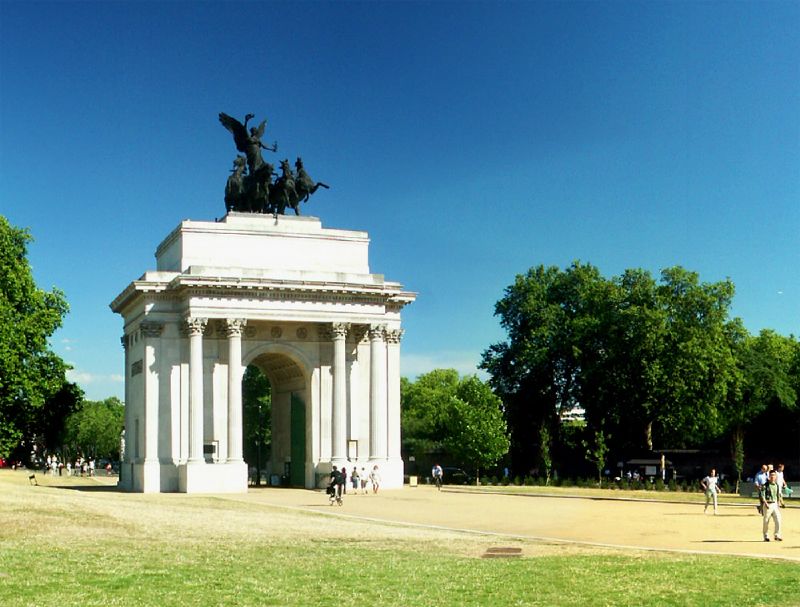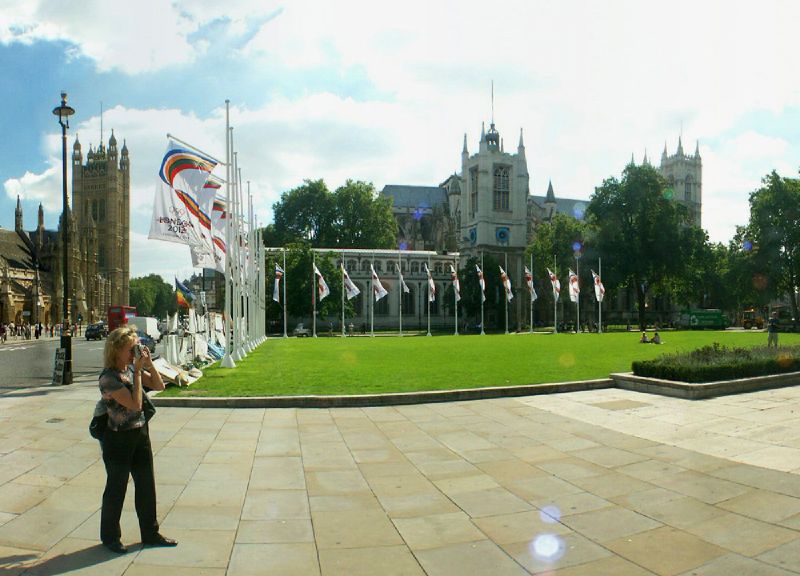
This photo of the view of Parliament Square in London is part of one of the panoramic images found on the PanoramicEarth.com Tour of London. There are over 100 images taken from around London linked to an interactive map.
Plan your visit to London by taking advantage of these London Hotel Specials or Thomson City Breaks. Get the most of London with these London Guide Books
Parliament Square is, as the name suggests, just outside Parliament and the Palace of Westminster. The square is surrounded by official and imposing buildings including Westminster Abbey and St. Stephens Tower (containing the bell Big Ben). Also here is Protcullis House containing the offices for many of the MPs, completed in 2001.
Parliament Square has often been used as a platform for protest or publicity. Here the two collide as the banners, erected during the 2012 London Olympic bid promote the event, while along the ground are the posters and placards erected in support of Brian Haw and the peace protest against the War in Iraq. The latter are not welcome by the establishment and in May of 2006 the police removed most of it in a late night operation. Ironically, this action was overseen by a statue of Winston Churchill, defender of British freedoms, which is being photographed by the lady in the foreground.
Equally ironic is the proposal for a statue of Nelson Mandela, another champion of freedom, to be placed in the square. One can only speculate about his opinion of the State’s treatment of the current protest there. There is also a statue of Abraham Lincoln in Parliament Square.
The effectiveness of the Brian Haw protest (virtually unbroken since 2001) resulted in a new clause being introduced into the Serious Organised Crime and Police Act of 2005 banning all forms of public protest from the square without permission from the police. It is really difficult to imagine how this protest in Parliament Square constitutes a serious organised crime, but it is evident that people in power do not want him there.
Parliament Square has often been the destination for marches protesting or demonstrating in London for one thing or another. It was ‘reclaimed’ in May 2000 by the Reclaim the Streets protest group and turned into allotments. Other notable protests to focus on Parliament Square include those in opposition to the War in Iraq in 2003, and the Countryside Alliance in opposition to the ban on fox hunting.
Parliament Square became surrounded by traffic in 1926, and is now very busy almost all the time. During New Years Eve it is filled with people waiting for Big Ben to bring in the new year, and often now caught in the midst of firework displays from the London Eye and the Thames.
 .
.
The nearest tube stations include Westminster and St. James Park.
The full panoramic image taken from the junction of Parliament Square can be found on the London tour by PanoramicEarth.com. An enlargement of this photo can be found on Flickr. You can also find a marker for Parliament Square on Tagzania.
For more articles on London see the London Index or select one of the labels at the bottom.
